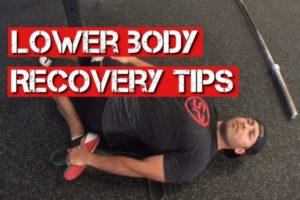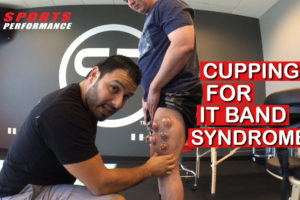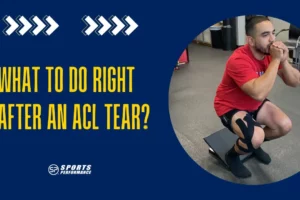If you’ve been dealing with aches and pains, and your doctor recently recommended physical therapy, you might be wondering: What exactly is physical therapy, and how will it help me?
Understanding what to expect can make the process smoother and help you recover faster. As a leading expert in physical therapy, I’m here to break down what happens during physical therapy and how it can benefit you in the long run.
Step 1: Identifying the Root Cause of Your Pain
Before jumping into treatment, your physical therapist’s first job is to figure out why you’re in pain. Pain doesn’t just appear out of nowhere—there’s always a reason behind it.
Some common causes include:
✔️ Poor posture from sitting too long or using the wrong chair
✔️ Muscle imbalances—some muscles are too weak while others are too tight
✔️ Repetitive movements, like bending over while gardening or long hours at a desk
✔️ A past injury that never fully healed
During your first session, your physical therapist will take a detailed history to understand what led to your discomfort. Once we pinpoint the root cause, we can move on to creating a plan for recovery.
Step 2: Creating a Personalized Treatment Plan
Once we understand why you’re in pain, the next step is to develop a plan to fix it. Depending on your specific issue, treatment might include:
✅ Strengthening exercises – Building up weak muscles to support your body properly
✅ Mobility work – Loosening tight areas to restore proper movement
✅ Postural adjustments – Teaching you how to sit, stand, and move correctly
✅ Hands-on therapy – Techniques to reduce stiffness and improve flexibility
This plan isn’t one-size-fits-all—it’s customized to your body and your lifestyle.
Step 3: How Long Will It Take?
This is one of the biggest questions people have. The truth is, recovery time varies depending on your condition, but a general timeline looks like this:
📅 6 weeks – Minor pain and early-stage injuries
📅 2–3 months – More complex issues requiring muscle retraining
📅 Longer for chronic pain – If pain has been present for months or years, it may take more time to correct
Most treatment plans start with two visits per week for 6 weeks, followed by reassessment to track progress.
Step 4: Preventing Pain from Returning
Once the pain is under control, the final step is prevention. This phase is crucial because it ensures that your pain doesn’t come back.
Your therapist will guide you through:
✔️ Injury prevention exercises tailored to your body’s needs
✔️ Lifestyle modifications to avoid triggering pain again
✔️ Sport or activity-specific training if you want to return to something like tennis, pickleball, or running
By maintaining what you’ve learned in physical therapy, you can stay pain-free and active for the long term.
What Happens If You Skip Physical Therapy?
Many people wonder, “Can I just fix this on my own?” The reality is that ignoring pain often leads to chronic issues that are harder to treat later.
When pain lingers for months, it can cause:
⚠️ Scar tissue buildup, making movement even more difficult
⚠️ Decreased activity levels, leading to weight gain and muscle loss
⚠️ Higher risk of developing chronic pain that the brain processes as a long-term issue
The best solution? Address the problem early with the help of a professional.
As always, we hope this helps! For any questions and all suggestions, please email us at TeamSP@SportsPerformancePT.com
If you want to know more information about how we can help, get started with a FREE discovery phone call.
Click the following link -> DISCOVERY PHONE CALL.
If you’re interested in doing Physical Therapy at Sports Performance -> CLICK HERE TO LEARN MORE & INQUIRE
If you would like to see more from us at Sports Performance… Watch our Podcast episode 141 about How to Improve your Long Term Health and Wellness -> CLICK HERE
– Dr. Chris

STAY CONNECTED
Instagram: CLICK HERE
Facebook: CLICK HERE
YouTube: CLICK HERE
Podcast: CLICK HERE
TUNE IN TO OUR PODCAST













